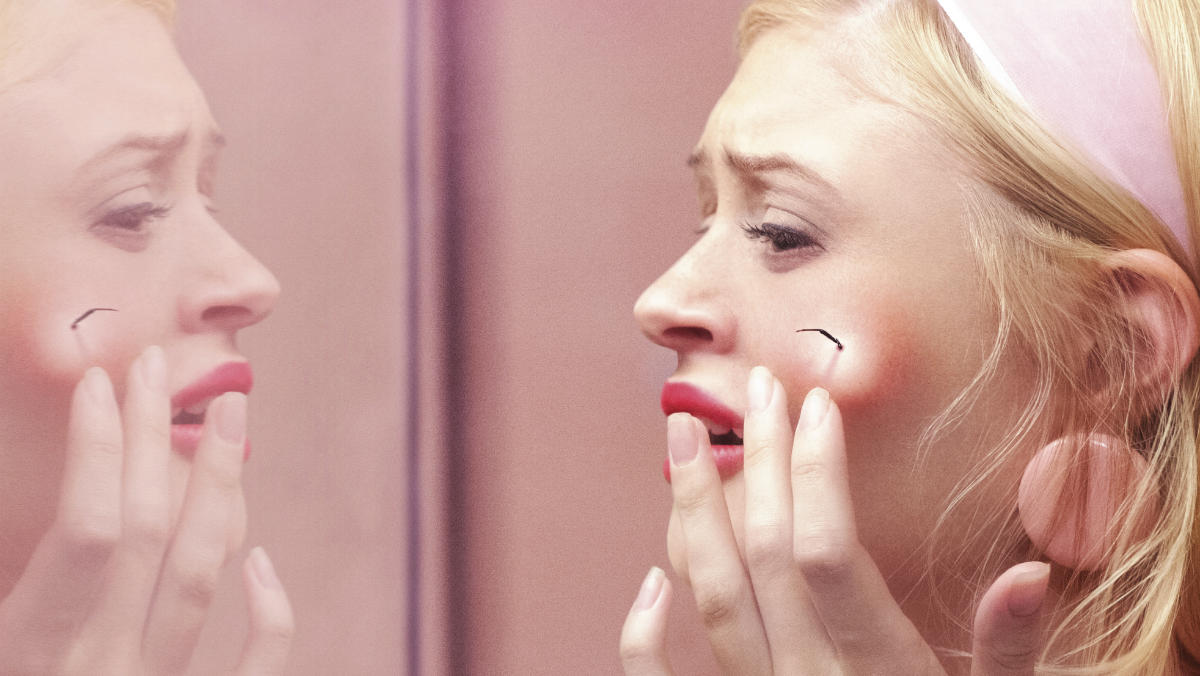There’s a fine line between homage and imitation. From Super 8 to Stranger Things, Ready Player One to Summer of ’84, this past decade of pop culture has been steeped in so-called nostalgia porn. The newest film to tap into the nostalgia craze is André Øvredal and Guillermo del Toro’s horror flick, Scary Stories to Tell in the Dark. Based on the classic kids’ book series by Alvin Schwartz and Steven Gammell, Scary Stories to Tell in the Dark is serving up nostalgia on two levels. Not only does it recreate the first scares of the audience who made the book such a huge success in the ’80s and ’90s, but the 1968 setting means that it also leans into the “Amblin-esque” trend that has been taking over screens in recent years.
But Scary Stories distinguishes itself from many of its fellow nostalgia-bent properties, which can vary from magical throwbacks to soulless carbon copies. In Stranger Things‘ most recent season, Netflix’s homage to all things ’80s upped the ante on Easter eggs and self-referential humor, turning it into a near alt-universe parody bursting at the brim with brands, bands, and clothes—the lot almost outshining the story and cast. Amblin’s own Ready Player One took that to a whole other level, essentially amounting to little more than a stream of references. One of Scary Stories‘ biggest strengths is that, despite plenty of opportunities, it never falls into that trap.
The 1960s period setting isn’t a gimmick. Though the production design is detailed and immersive, the film doesn’t signpost a whole bunch of Easter eggs, nor does it use the era to try to play into a “better times” narrative or use a rose-colored lens to force viewers to feel nostalgic. In fact, as the best horror does, the film utilizes the political realities of the time as a way to introduce a much-needed analog about racism and xenophobia.
Like many filmmakers of their generation, André Øvredal and Guillermo del Toro have often spoken about their love for Steven Spielberg and George Lucas and the groundbreaking, iconic films the pair made. In fact, during a trailer preview event earlier this year, the pair described the film as “Amblin-esque.” But unlike J.J. Abrams’ Super 8, which aimed to directly recreate the magic of the classic studio, Scary Stories feels like a film made by people who watched, loved, and most importantly learned from beloved flicks like E.T., The Goonies, Gremlins, and Back to the Future.
Del Toro and Overdal craft a story with heart, one that takes the things that made Amblin films great: family, friends, emotional arcs that hit, and scares that respect the audience and elevate them with a genre twist that also attempts to make a vital statement. Most importantly, Scary Stories doesn’t just achieve nostalgia and solid scares, it also makes you care about the radical young people at its center.
Scary Stories‘ period narrative never feels derivative or forced, nor does it center on an outdated version of what a hero can be. It doesn’t use the ’60s as an excuse to whitewash its cast, throw around slurs, or take less care in the way that it presents race and gender. Though it might just be a spooky kids film, it’s one that is thoughtful and feels like it was made by people who understand the impact the things that they love have on them whilst still appreciating the need to make a film that a new and younger audience will connect to and fall in love with.
Featured image: CBS Films

